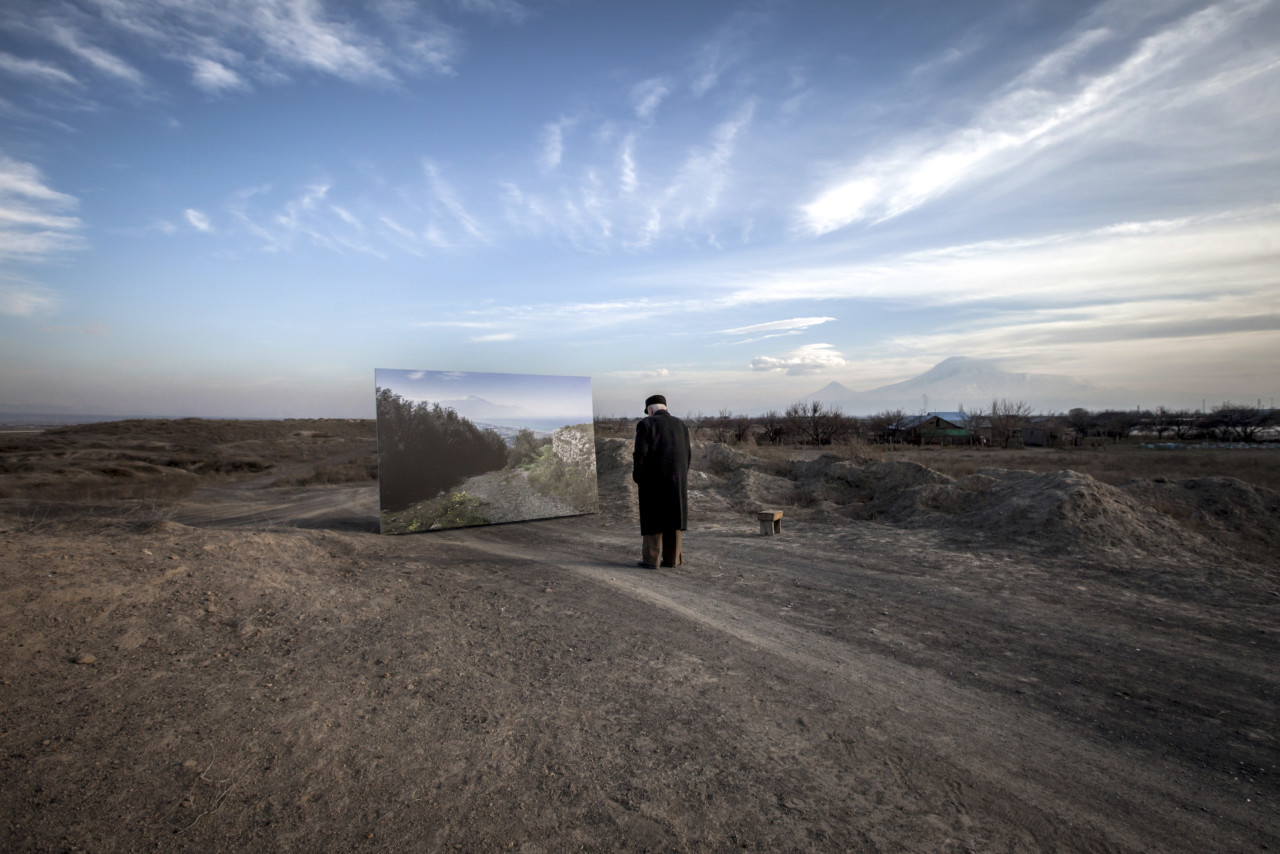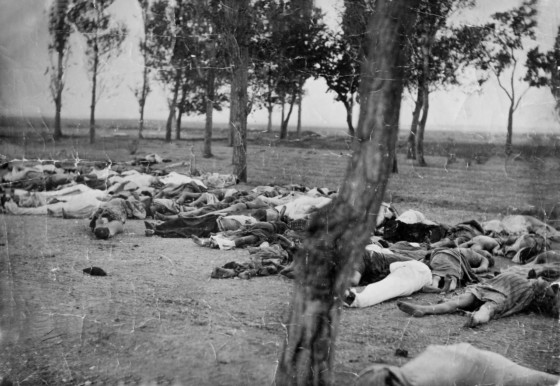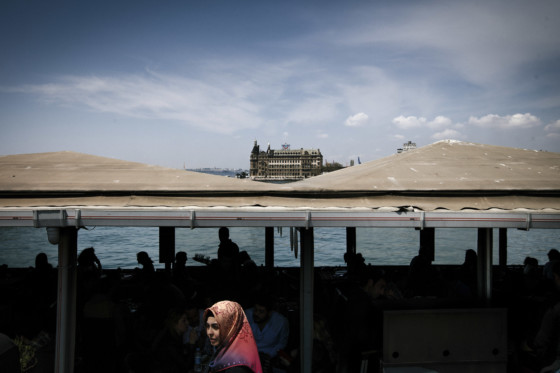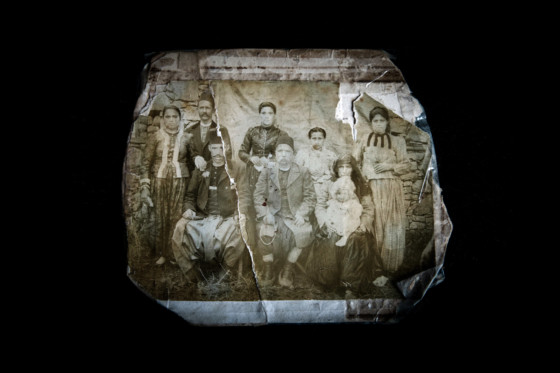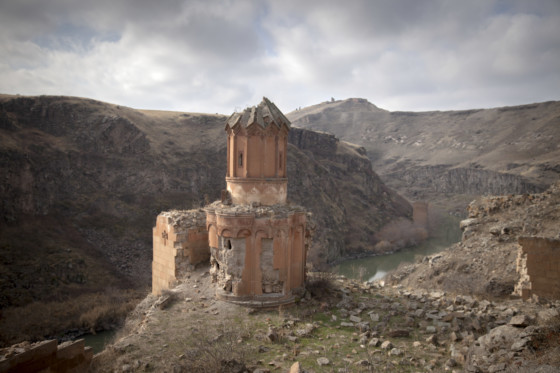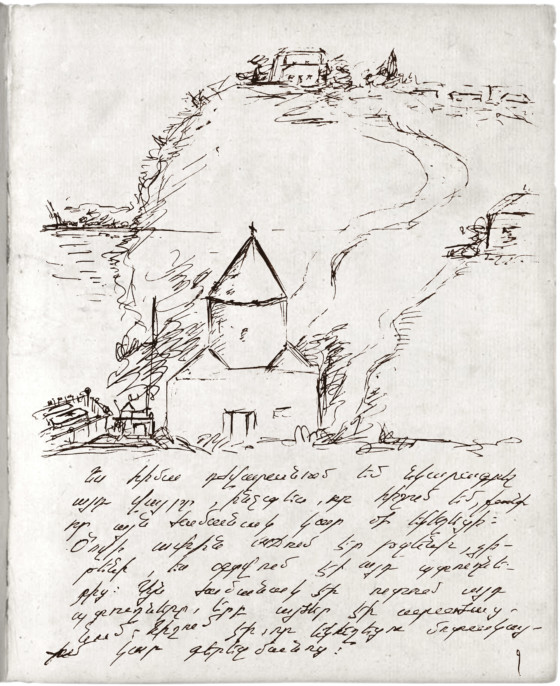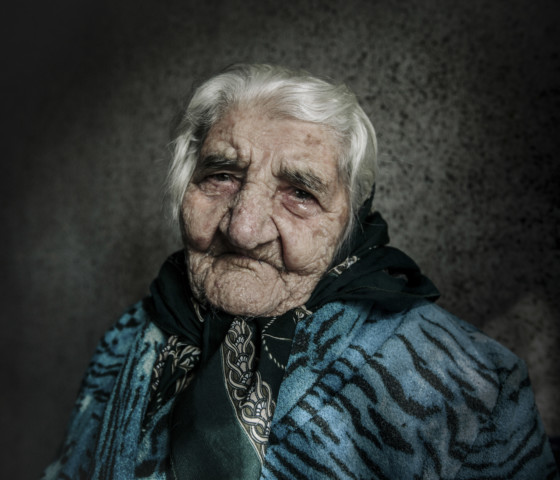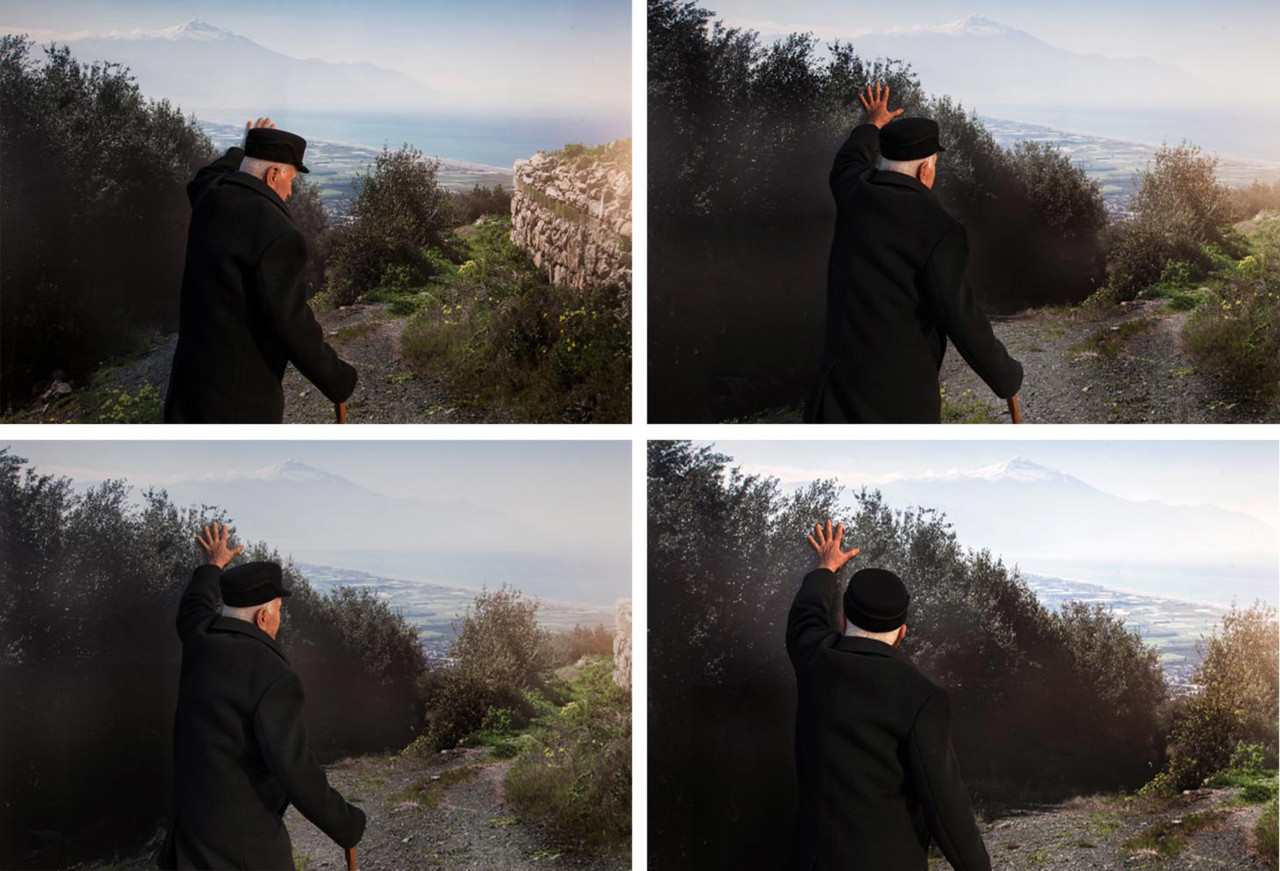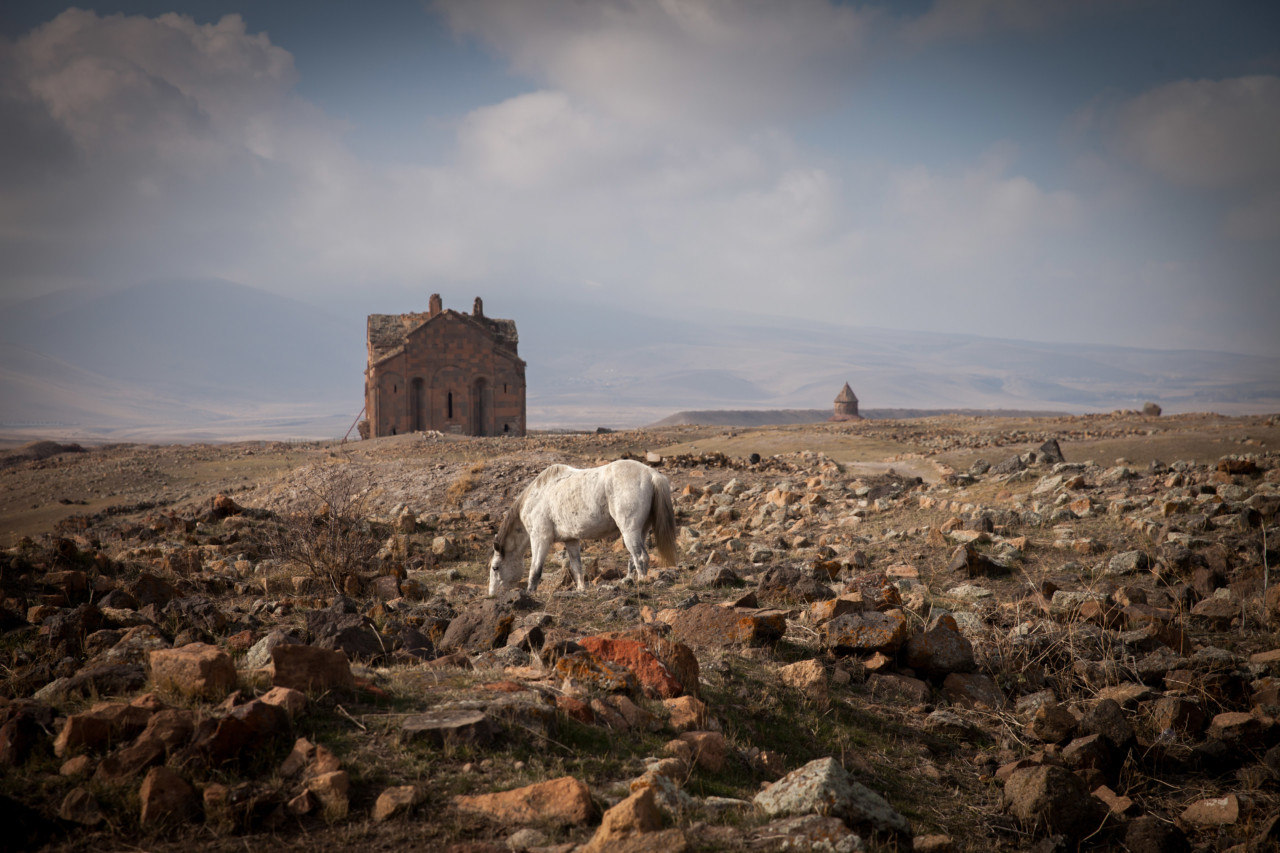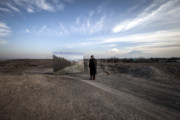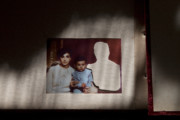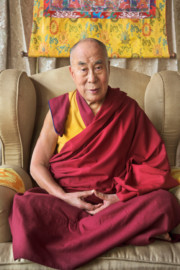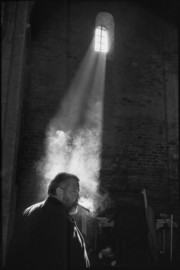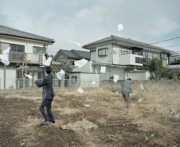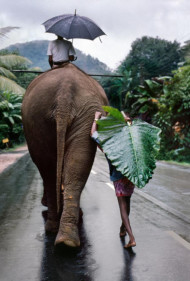1915
Survivors of the 1915 Armenian genocide reflect on their lost homeland through pictures retracing their flight from Turkey
Holding a cane in his right hand, Movses Haneshyan, 105, slowly approaches a life-size landscape. He pauses, looks at the image, and begins to sing: “My home… My Armenia.” It’s the first time Movses is seeing his home in 98 years.
A century ago, the Ottomans initiated a policy of deportations, mass murder and rape to destroy the Armenian presence in the Ottoman Empire. By the war’s end, more than a million people, from what is now modern-day Turkey, were eliminated. It was one of first genocides of the 20th century, one that Turkish authorities deny to this day.
Movses and his father survived. I traveled to Armenia to meet Movses and other survivors to ask them about their last memories of their early home. I then retraced their steps in Turkey to retrieve a piece of their lost homeland.
One hundred years after having fled his birthplace, Movses caresses its image, as if by holding it close he will be taken back to the place he called home many years ago. This is his story, and those of other survivors. A story of home — everything they had, everything they lost. And what they have found again.


